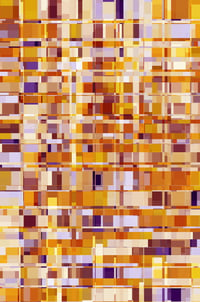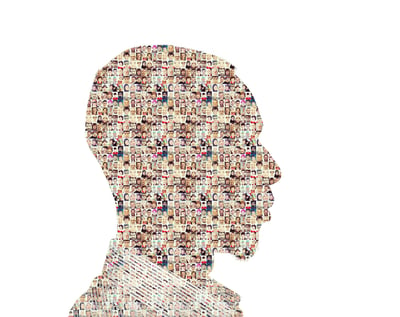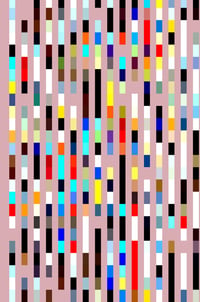How can you use DISC to support diversity and inclusion (D & I)?
There are many ways you can support your organization's diversity and inclusion program. You could take time to learn your company's D & I goals, actively engage by becoming a mentor, or try to learn more about the cultures of your fellow employees.
DISC can help you understand the elements you and others bring to the organization. It helps you better understand how to interact with others the way they prefer to. By doing so, you are more respectful of differences and likely to better the interaction.
Where to start?

DISC reminds you that human beings are diverse; beyond the color of skin, ethnicity, sexual orientation, and beliefs. You support inclusion by supporting an environment where others feels valued and respected for being their unique and true selves. DISC helps provide a way to embrace and adjust your style more successfully to those differences.
DISC works effectively as a reinforcement tool. It helps you understand how you can modify your behaviors to interact more effectively with others. It offers a unique perspective of seeing ourselves beyond gender, race, beliefs, etc. Rather, it reinforces the diversity of our behavioral styles and how we can better appreciate and leverage those differences.
The tool does not tell "how people behave," but "how people differ in their natural behavior from other people with the same cultural background". Culture would include race, ethnicity, orientation, etc. If, within a certain culture, people generally are (for example) more aggressive, a high S from that culture may behave more aggressively than a high S with a different cultural background.
You

It all depends on how we look at things, and not how they are in themselves. - Carl Jung
Your success is often based on how you interact with others. Conflict and unsuccessful exchanges are often a result of misunderstandings and our differences in styles. You, along with others, have your own preferred way of doing things and communicating.
DISC works well because it helps identify your behavioral preferences, without judgment. You are who you are. Your style is not better or worse than someone else's style. You have behaviors which come more naturally to you and behaviors which take more energy and effort.
DISC helps you be more aware of your personal biases; how you view the world is not the same for everyone. DISC cannot predict your success. It simply helps you identify your behavioral strengths and areas you may want to develop.
Your efforts
 What do you do with DISC, once you better understand your style and how it is different from those around you? You can make better decisions using your behavioral strengths and also, modifying your style to be more effective.
What do you do with DISC, once you better understand your style and how it is different from those around you? You can make better decisions using your behavioral strengths and also, modifying your style to be more effective.
You will certainly build your awareness of how you better control an interaction by focusing on the diverse preferences of others. In addition, you can practice inclusion by identifying others beyond their cultural background and beliefs and treat them based on their DISC Profile.
The 4 Steps to Effective Interactions takes you from understanding your style and recognizing the style of others, to applying it to improve interactions. You can now create a personalized and practical action plan you are able to practice and follow.

